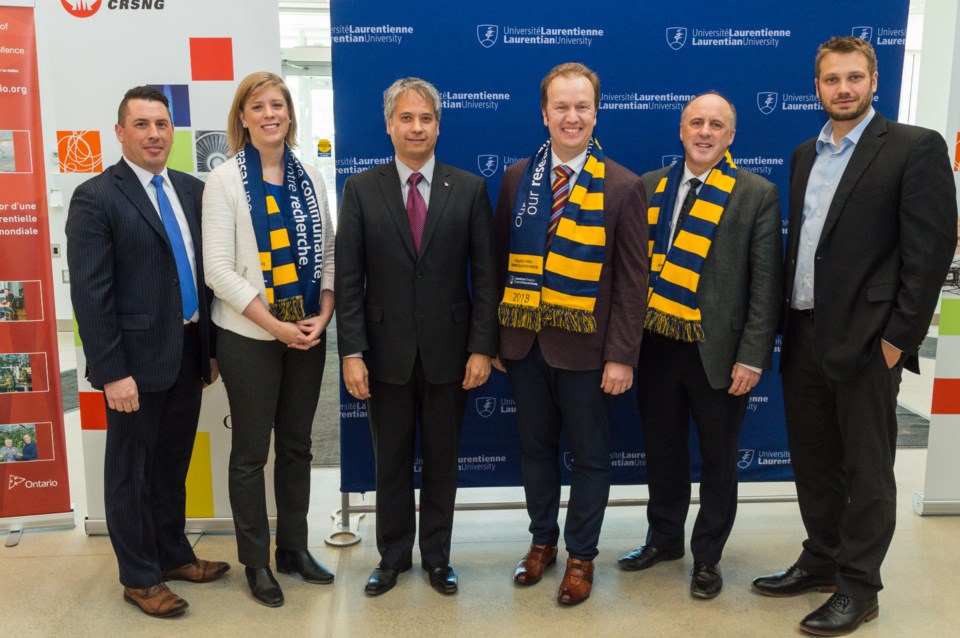Laurentian University in Sudbury will use $1.6 million in provincial funding to examine the efficacy of the city's long-time regreening program.
On March 23, the province announced the funding would go toward the Landscape Carbon Accumulation through Reductions in Emissions (L-CARE) project.
Funding comes through the Natural Sciences and Engineering Research Council of Canada and the government’s TargetGHG program, which is administered through Ontario Centres of Excellence. Each will contribute $798,000 to the project.
Specifically, L-CARE researchers will study treatment and management studies across three main ecosystems: upland, wetland and aquatic. They will also perform trials on mine tailings and management areas, working closely with industry partners such as Vale and Glencore Sudbury Integrated Nickel Operations.
Other partners in the venture are McMaster University, Trent University, Queen’s University, Université de Sherbrooke, and Université du Québec à Montréal, and collaborators from Cambridge University, Cornell University, the Ontario Ministry of Natural Resources and Forestry, and the Canadian Forest Service.
“Greater Sudbury’s regreening program has been and continues to be a global leader,” said Nathan Basiliko, Laurentian’s Canadian research chair in environmental microbiology and co-lead of the L-CARE research project, in the release.
“This research brings together industrial, community, and government stakeholders to transform an industrially impacted landscape into biodiverse and well-functioning ecosystems.
“We are excited to look retrospectively at how these past and ongoing reclamation efforts have led to active carbon sequestration, and to test new protocols to maximize carbon storage while still meeting the other important ongoing goals of reclamation.”
Since the 1970s, after massive investments in reducing sulfur and metal emissions from the smelters began, more than 8,000 hectares of Greater Sudbury’s landscape have been treated with crushed limestone and over 10 million tree seedlings have been replanted. However, over 30,000 hectares remain unrestored.




